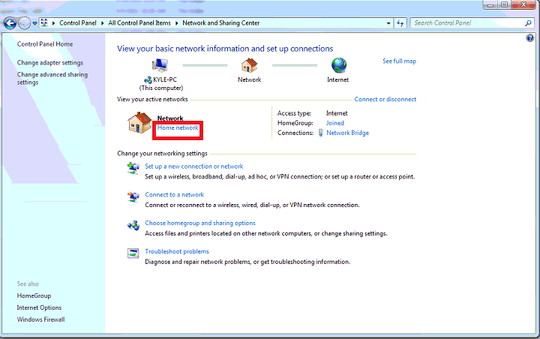3
Whenever I plug in my wireless modem on Windows 7, I get the following dialog:
It's not entirely clear to me whether the option "Treat all future networks that I connect to as public, and don't ask me again." will affect all future network connections, only the connections made with this network interface, or only connections to this network.
Ideally, I'd like all connections made with this device (a Nokia N900 phone with 3.5G) to be "public", but leave the Wi-Fi and wired adapters alone, since they will usually connect to my home network.
Can somebody shed some light on this?
Also, how would I undo the setting I choose here?



Oops, I meant to ask whether the "Treat all future networks [...]" option was global or per interface. Edited question to reflect that. – oKtosiTe – 2011-05-17T19:56:54.647
1The "Treat all future networks [...]" is global. Not on a per-connection basis. – paradd0x – 2011-05-17T19:57:42.830